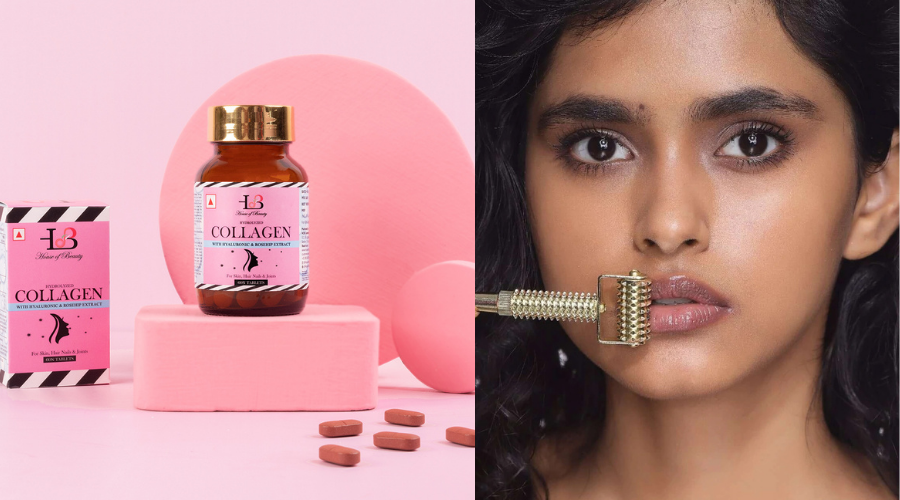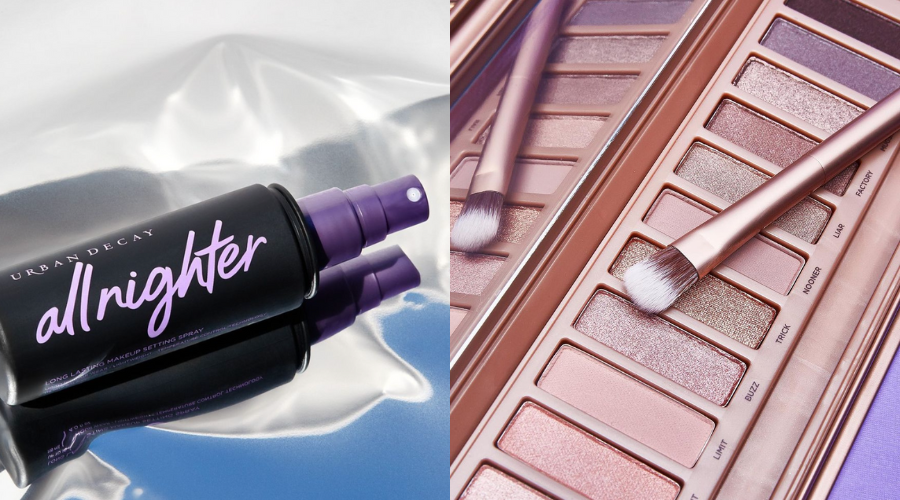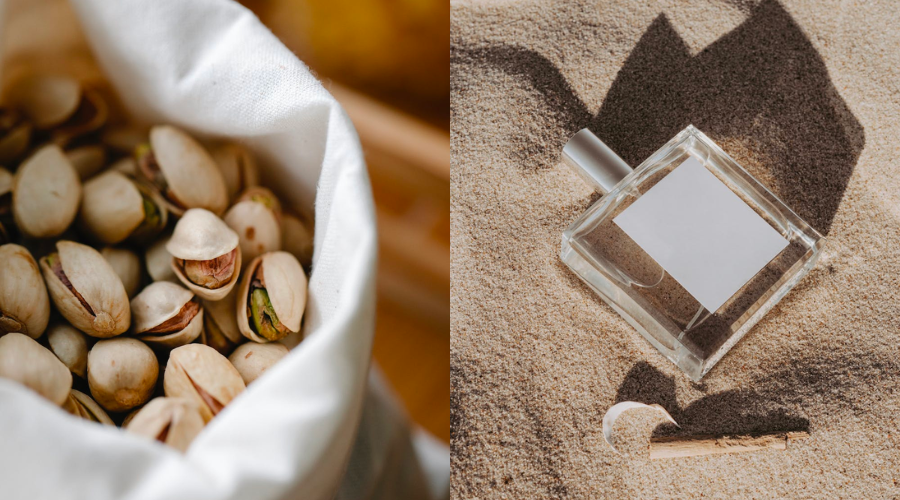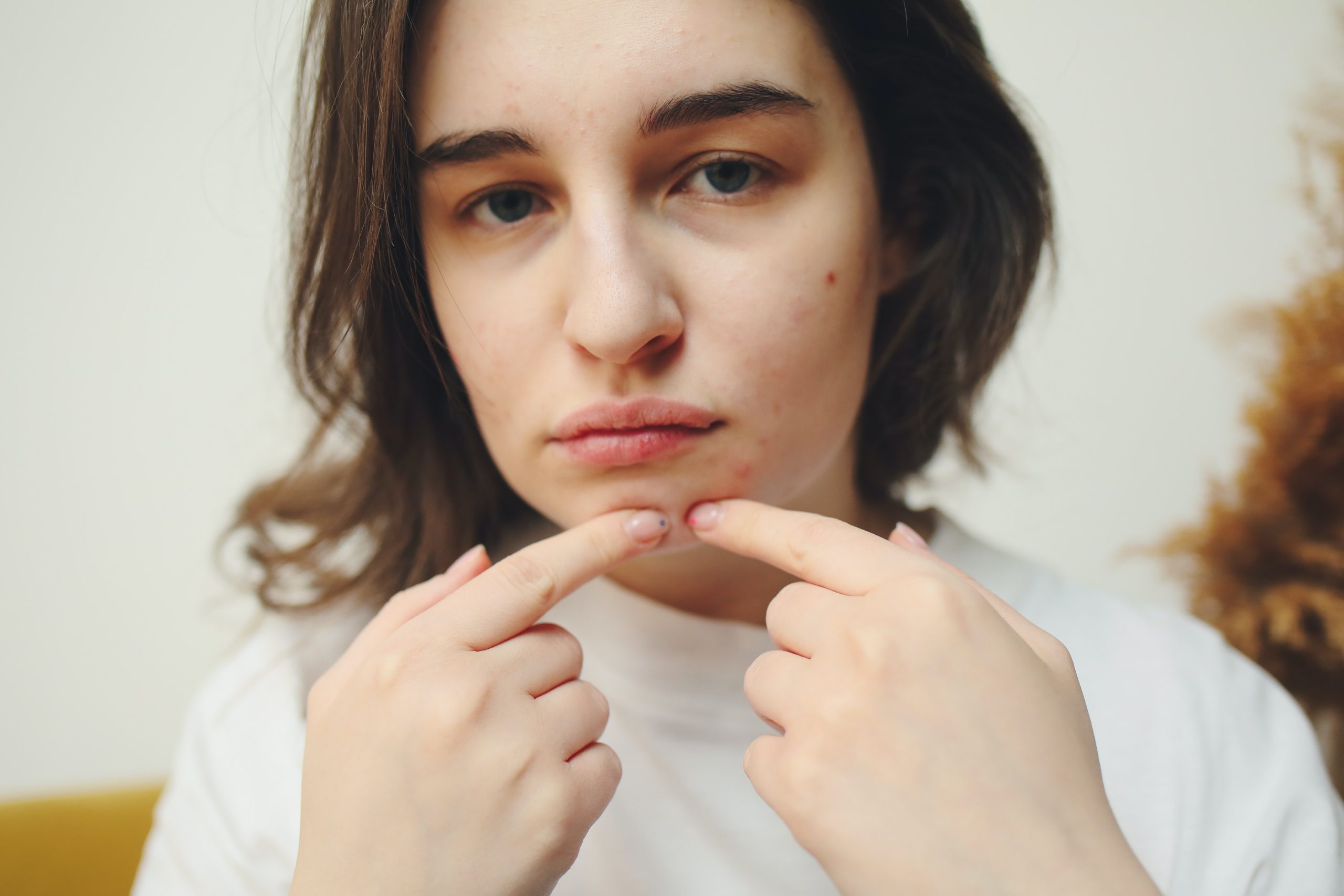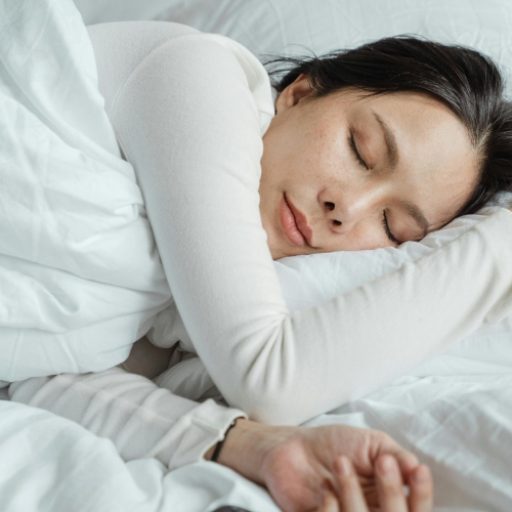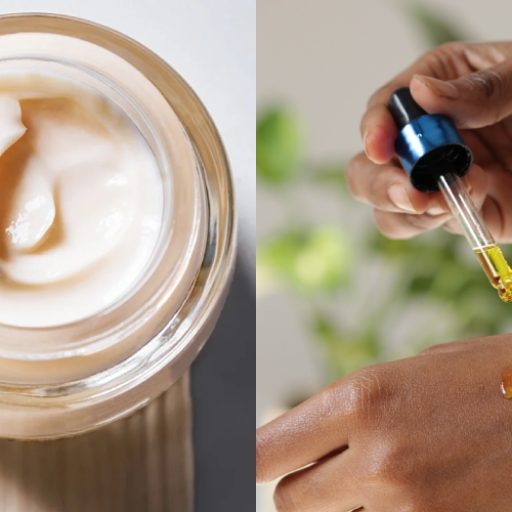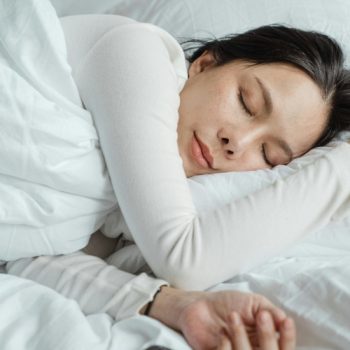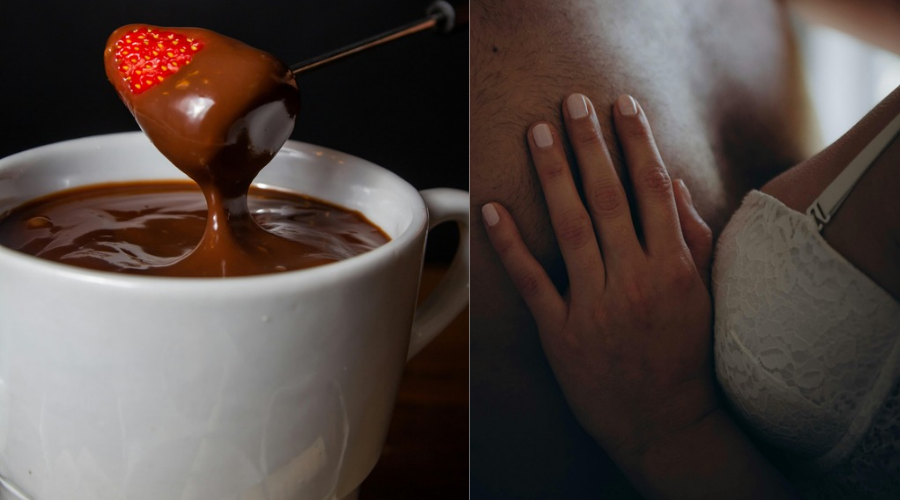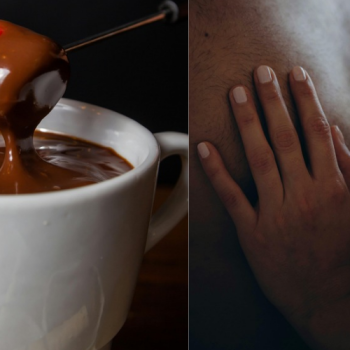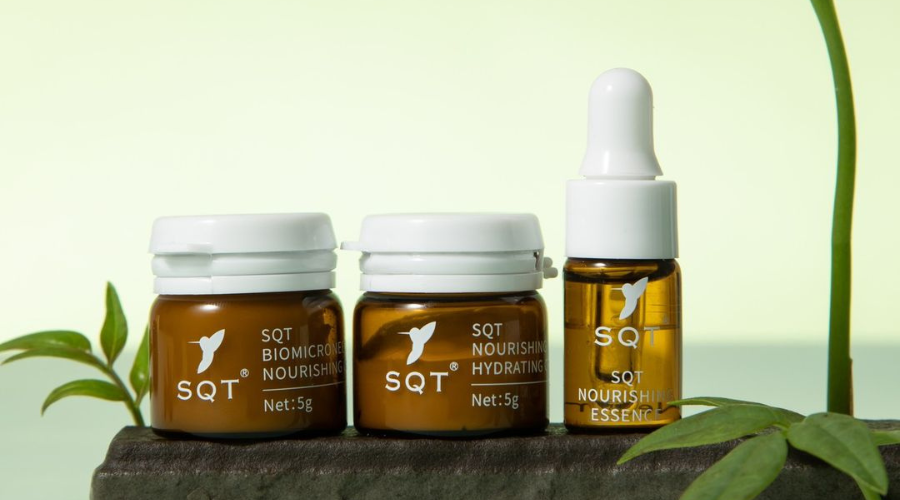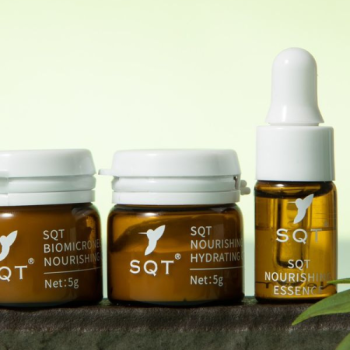Acne is like that pesky, toxic ex-boyfriend who refuses to let you go. Yale Medicine tells us that around 85% of people between 12 and 24 battle acne. However, it’s not just a teenage or an early 20s problem. Over 25% of women and 12% of men over the age of 40 report dealing with acne too. While most of us deal with hormonal acne or cystic acne, fungal acne is a lesser-known devil. However, dermatologists unanimously agree that ‘fungal acne’ is an incorrect term used to describe it. Often disguised as tiny bumps, it can be easily mistaken for your usual acne.
What Is Fungal Acne?
View this post on Instagram
A post shared by Dr. Bryant Esquejo, ND | Holistic Acne & Skin Doctor (@dr.bryant)
“First of all, fungal acne is a highly misleading term. This isn’t like your typical acne nor is it like your usual fungal infections. Known as malassezia folliculitis or pityrosporum folliculitis, this is the infection of your hair follicles caused by yeast” says Dr Madhuri Agarwal, a leading dermatologist, founder and Medical Director at Yavana Aesthetics. She explains that it differs a lot from your usual bouts of acne in the sense that it can be itchier and it manifests as bumps, not painful cysts or nodules. Dr Manasi Shirolikar, consultant dermatologist and founder of online consulting brand drmanasiskin.com further adds, “When these small, itchy and red bumps increase in size, they end up becoming whiteheads with small pockets of pus.”
Often appearing on the face, especially the forehead and chin, these fungal flare-outs can also occur on other body parts including your neck, shoulders and the back.
What Causes Fungal Acne?

Like most infections, multiple factors come into play when ‘fungal acne’ is involved. “Most people naturally have the malassezia yeast present on the skin,” explains Dr Manasi. She elaborates that an overgrowth of yeast is what mainly causes it to take place. It’s most likely to occur in people who sweat profusely, reside in hot and humid locations and have a weak immune system. A weaker immune system makes it extremely difficult for the body to control this overgrowth. Additionally, Dr Madhuri adds, “The overuse of certain medications like antibiotics which contain steroids lead to a reduction of the good bacteria on the skin, which can further accelerate the growth of yeast”
Since yeast thrives in damp and moist spaces, the probability of fungus multiplying on sweaty skin is extremely high. Apart from these factors, constantly wearing tight and non-breathable clothes can also lead to this infection being caused.
Ways To Prevent It
Experts stress hygiene being of the utmost importance when it comes to preventing itchy bumps caused by a fungal infection. Here is how you can prevent this
- Immediately shower after a workout, or any physical activity for that matter.
- Opt for loose, cotton clothes that allow your body to breathe.
- When it comes to hair removal, choose clean and un-used razors
If you’re dealing with it, here are a few dermatologist-approved tips to help you battle it

Dr Madhuri and Dr Manasi strongly believe that it’s best to let a dermatologist make an official diagnosis since this type of acne can also be mistaken for acne vulgaris. “It’s very crucial to identify the exact problem because if your acne is misdiagnosed, the course of treatment can worsen the condition. Medications that are usually prescribed for acne contain antibiotics, which can aggravate your fungal infection” elaborates Dr Madhuri.
Using an anti-fungal, anti-dandruff body wash that contains ketoconazole, or selenium sulfide on areas directly affected by the acne is recommended by Dr Manasi. She also advises using a warm compress over the affected areas a few times a day to soothe the itching sensations. Additionally, Dr Madhuri also suggests using lotions that contain 2% ketoconazole and sulphur since leave-on products penetrate deeper and solve the issue of pustules from within.

